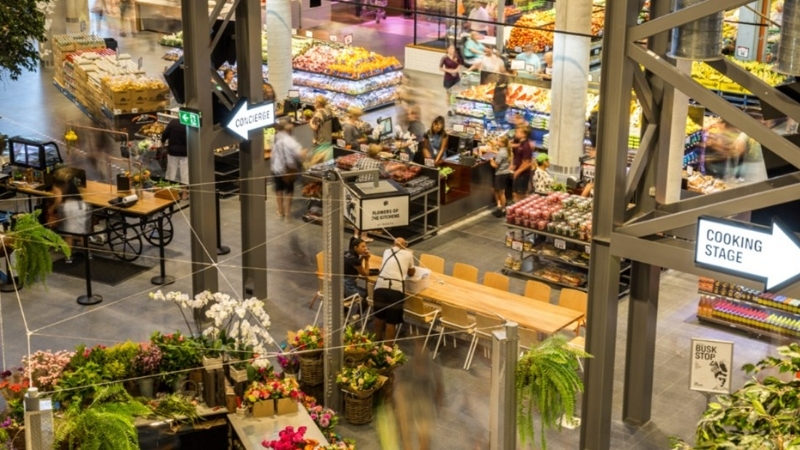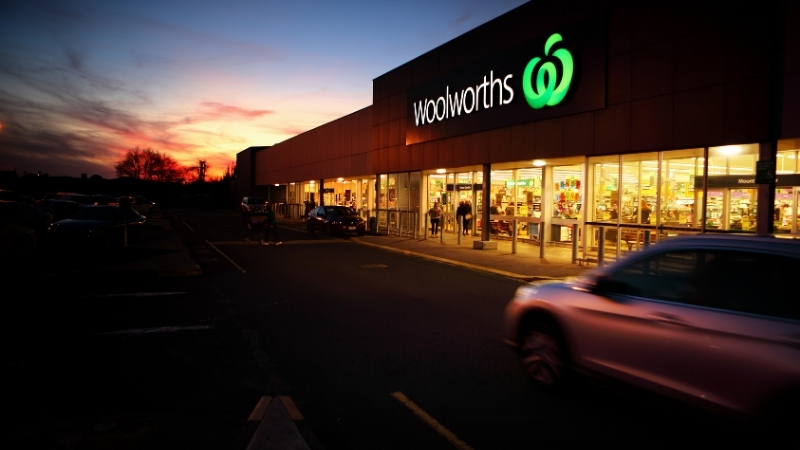Resources
Newsletter
Stay up to date and with the latest news, projects, deals and features.
SubscribeAs the retail industry grapples with a major shift in consumer behaviour, shopping centre property owners are focusing on ways to offer improved value for shoppers, tenants and investors.
The influence of Covid-19 on the way customers are shopping means that doing more with less has never been more important—and when that involves reducing energy consumption, there are benefits for both budgets and the environment.
Retail property assets across Australia account for some 36 per cent of commercial building energy consumption, and these large infrastructure-like assets with massive floor space and intensive lighting and air-conditioning requirements are typically high energy users.
Yet readily-available, proven technologies such as LED lighting, building management systems, efficient refrigeration and rooftop solar can make large inroads into consumption, by reducing the demand for grid electricity and gas.
Michael Di Russo, an investment director at the Clean Energy Finance Corporation (CEFC), said investors were now more focused than ever on environmental, social and governance (ESG) targets, identifying sustainability as a “must-have”.
“We see our role as driving change, so we’re working with property investors to push the boundaries and build momentum for a cultural change backed by the demands of investors, customers and retail tenants,” Di Russo said.

Since 2017, the CEFC has been working with one of Australia’s largest investment managers, QIC Global Real Estate, to reduce the carbon footprint of its QIC Shopping Centre Fund (QSCF) assets.
The CEFC has an $80 million equity commitment to the fund that contains assets with approximately 1 million square metres of floor space – the equivalent of 100 football fields – which are visited by more than 125 million people each year.
According to QICGRE managing director Michael O’Brien, QICGRE is currently staging a rollout of rooftop solar across its largest shopping centres and has used LED lighting and building management systems upgrades to reduce energy consumption.
This includes installation of 5.5MW of rooftop solar at Robina Town Centre on the Gold Coast, which will be the largest rooftop solar array in the southern hemisphere.
This installation is expected to cut the centre’s grid energy consumption by between 45 and 50 per cent and reduce the centre’s carbon emissions by more than 6,300 tonnes annually.
A data-driven approach is also being used to significantly improve the sustainability and performance of QIC Australian retail assets, through a building analytics program delivered in partnership with Australian specialist technology provider CIM.
The program analyses live information from more than 40,000 data points to optimise management of the most energy-intensive shopping centre equipment and systems.
In its first 12 months, the platform provided a reduction in emissions of more than 5,000 tonnes CO2 -e.
Hear Di Russo speak further about the collaboration between the CEFC and QSCF in this QPOD podcast.

The CEFC’s involvement in the retail sector also extends to a $30 million investment in the Woolworths Group green bond, which launched in April 2019 and was a world-first by a supermarket business to fund its sustainability strategy.
The bond funds initiatives such as LED lighting, energy efficient fridges and solar installation while providing a new asset class for institutional investors who have an increasing appetite for products that meet environmental, social and governance requirements.
Di Russo said operating ‘smarter’ is gaining traction across the sector with major operators like Scentre Group and Vicinity announcing emissions targets in the past 18 months.
He also points to Frasers Property asset Burwood Brickworks in Melbourne, which has embarked on the Living Building Challenge —the world’s most advanced measure of sustainability in the built environment.
“The burning question for these operators and others is, ‘what will a post-Covid retail environment look like?’” Di Russo said.
McKinsey & Co research suggests customers are becoming more deliberate and conscious about their shopping and re-evaluating how they spend their time and money.
“We expect asset owners to engage with these environmentally and socially conscious shoppers,” Di Russo said.
“Harnessing sustainability is an obvious way forward. Our experience shows an ambitious ESG approach can offer a quantifiable return on investment and provide opportunities for reputational positioning.
“At the same time, these operators are contributing to the larger, important task of reducing Australia’s carbon emissions.”
The Urban Developer is proud to partner with CEFC to deliver this article to you. In doing so, we can continue to publish our free daily news, information, insights and opinion to you, our valued readers.